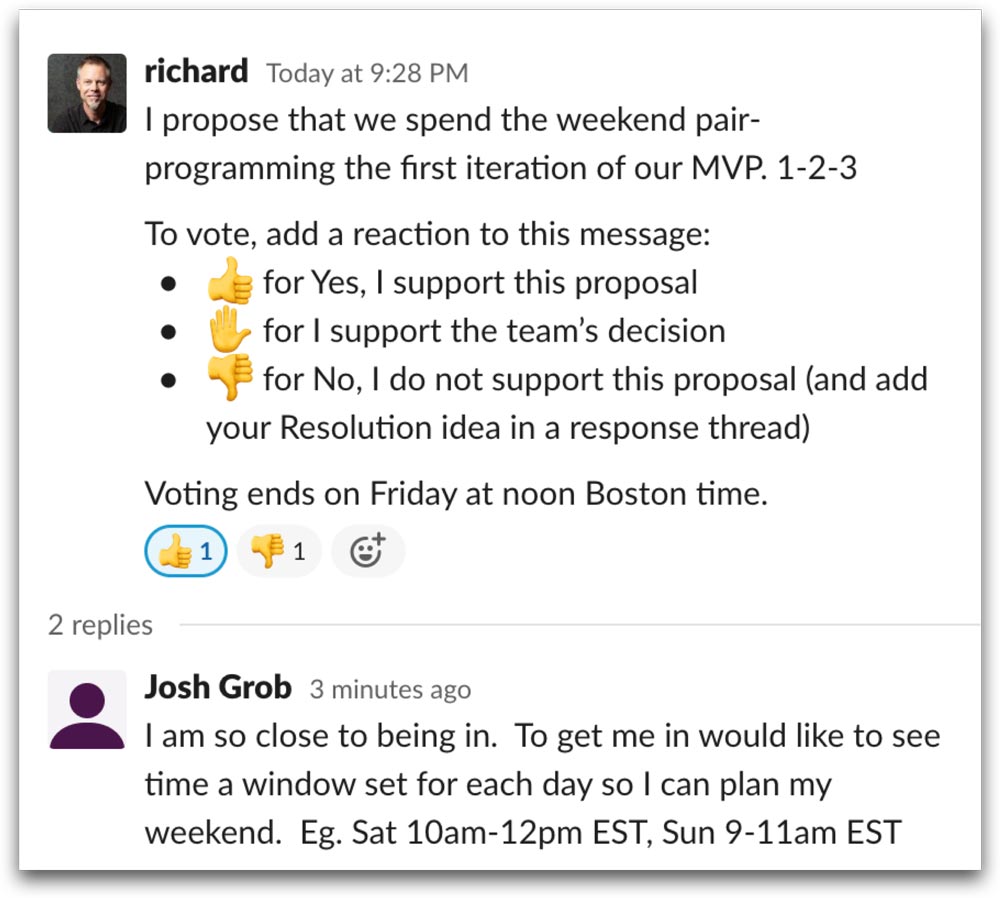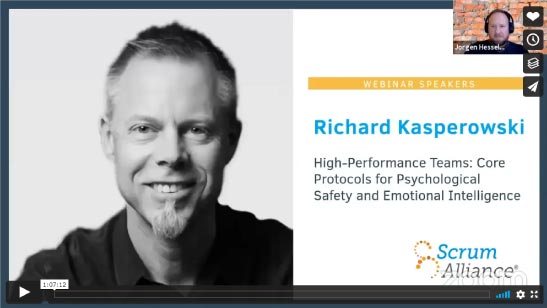Want to Know More About High-Performance Teams?
Hi, friends! We did a webinar on high-performance teams a while back. In case you missed it, here are the video and slides:
I wanted to make sure we answered everyone’s questions, so here we go:
A: When any teammate is disengaged, the first thing I consider whether they are “in” on the Core Protocols. If they are “in,” I protocol check: dear teammate, are you checked in, or should you check out? I investigate and intention check if they’re open to it. Even if they’re not “in” with the Core Protocols, I check in, protocol check, investigate, and intention check. On the other hand, if the person is not “in” on the Core Protocols, well, we’ll just have to settle for a lesser-performing team.
A: I know what you mean—I’m one of those shy people who grew up in a family culture where we don’t share our feelings, in a region that is less emotionally open. Freedom is the foundation of high-performance teams: everyone gets to decide for themselves whether they want to opt-in. If someone opts out, that’s fine. (And if they are familiar with the research on team emotional intelligence, they know that they are settling for a lesser-performing team.) Also, emotional intelligence isn’t a fixed trait; instead, it’s an ability that you can grow if you choose to. (Proof: despite growing up in a low EI culture, I have developed my emotional skills.) So if someone wants to improve their EI skills, they can.

A: I have a real-life story about this. I was a member of a criminal jury. I wanted us to be a great team in a day, despite that we had just met. I simply modeled the behaviors, starting with emotion check-in. Everything flowed from there. Try it!






